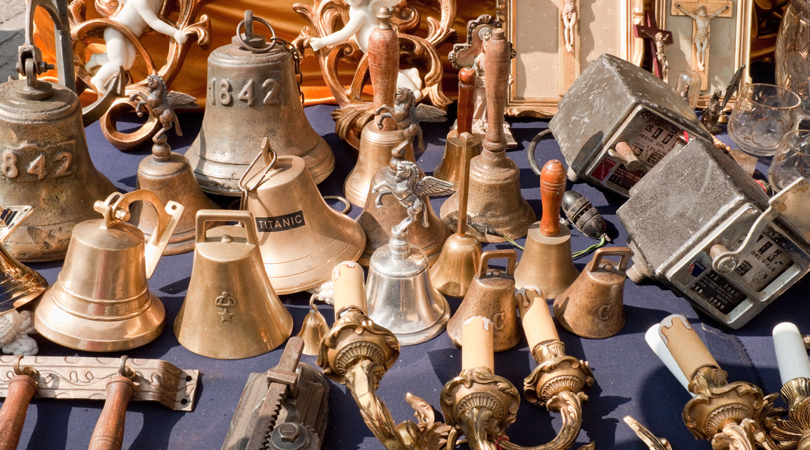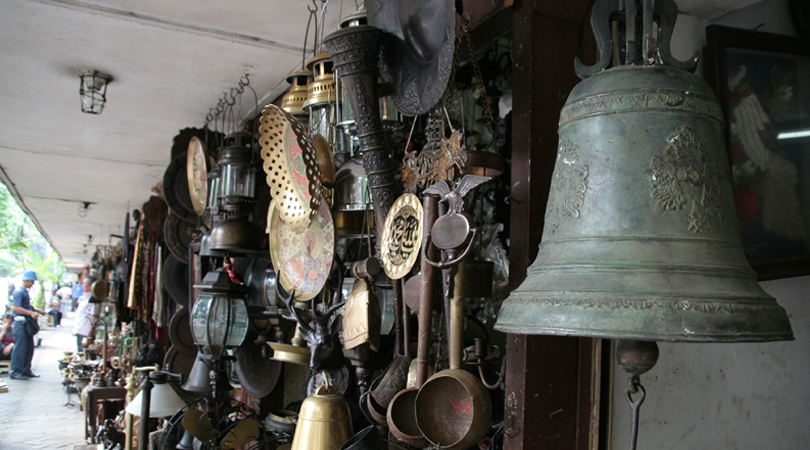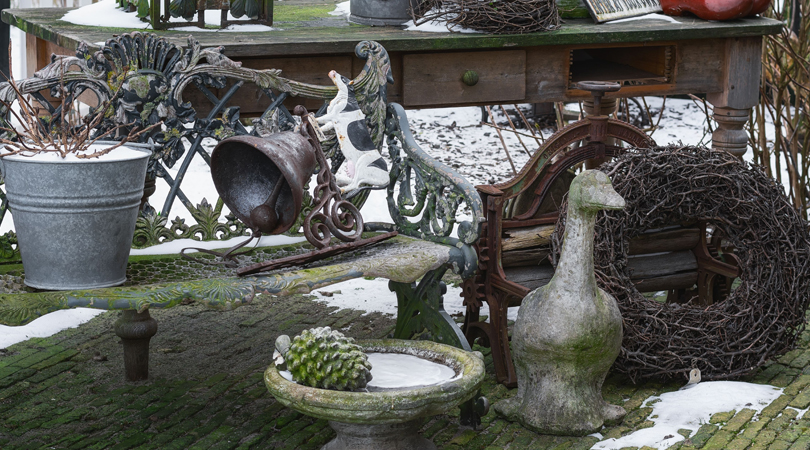Consider this when buying a bell.
What are you looking for? That’s the first question to ask when you want to buy a bell. There are so many varieties to choose from! Knowing what will fit in your intended space is a good place to start. You can then consider such factors as the intended use, material, design, price, and reputation of the seller to ensure you are making a well-informed purchase that meets your needs and preferences.
Usage
Bells are used for myriad purposes, including religious services, meditation, decoration, and musical performance. Depending on the intended use, you may want to look for bells of different sizes, shapes, and materials. For example, a larger, heavier bell may be suitable for use in a prominent religious or cultural setting, while a smaller, lighter bell may be more appropriate for meditation or home decoration.
Material
Bells can be made from a variety of materials, including brass, bronze, ceramic, and glass. Each material has its own unique sound and aesthetic qualities, so it's important to choose a material that best suits your needs and preferences. For example, brass bells tend to have a bright, clear sound, while bronze bells have a deeper, richer, and more resonant tone.
Design
Bells come in a wide variety of designs, ranging from simple and understated to intricate and ornate. The design of the bell can be a reflection of its cultural or religious significance, or simply a matter of personal taste. When choosing a design, consider the intended use of the bell and the aesthetic of the space where it will be displayed.
Price
Bells can range in price from a few dollars to thousands of dollars, depending on the size, material, and design. It's important to set a budget before making your purchase and to shop around to find the best value for your money. Bronze bells tend to be the most prized for their longevity and sound quality. For more information, review the factors that influence a bell’s value.
Seller
Look for a reputable seller who specializes in bells and has a track record of providing high-quality products and excellent customer service. Read reviews and ask for recommendations from others who have purchased bells to ensure that you are making a purchase from a trustworthy and reliable source. A seller’s solid reputation also helps you make informed decisions about a bells provenance and history.
With these tips and notes in hand, you’re ready to head out and purchase the first bell in your collection or your next bell with confidence. We hope it’s the start of a long appreciation for the visual and aural beauty of bells.
Section image: A cast iron bell rests on an outdoor bench with other garden decorations after a light snow in Zaandam, Netherlands.



